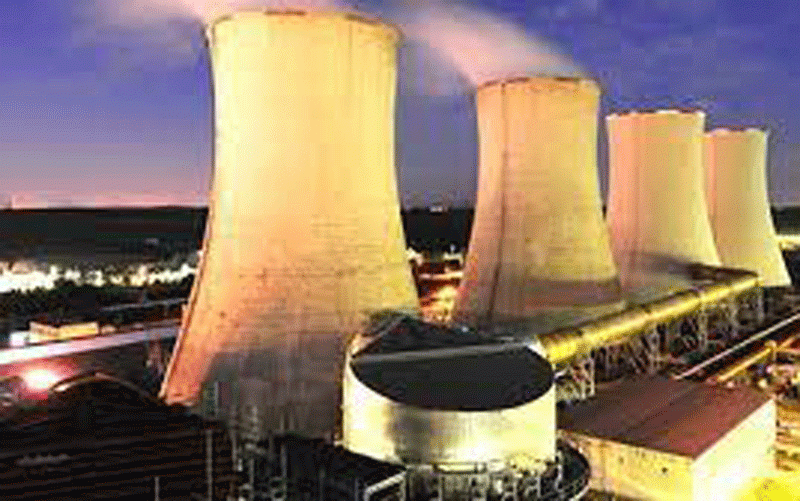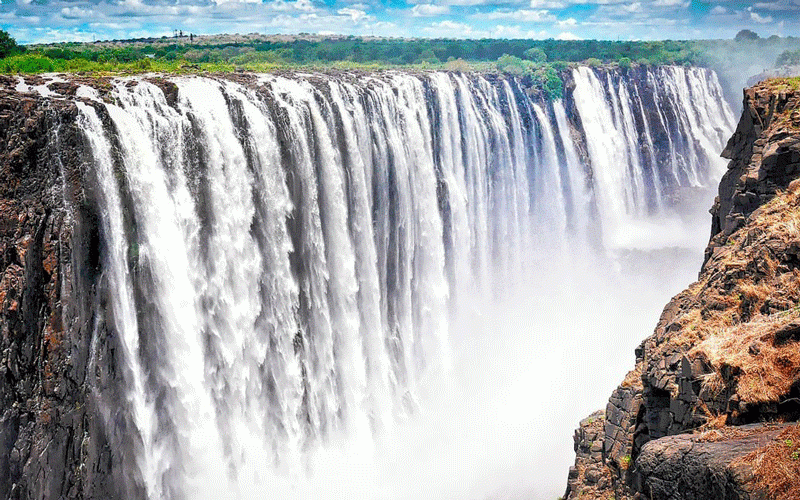
THERE was jubilation in certain quarters this week following news reports that the power generation units that were being refurbished at Hwange Thermal Power Station were now back on stream to boost national power generation capacity, which had dwindled to low levels thereby seriously threatening the country’s economic growth prospects.
As of yesterday, national generation level jumped from just over 100 megawatts (MW) over the weekend to 727MW, with Hwange providing 395MW and Kariba Power Station giving 332MW, while the other themal power generation units in Harare, Bulawayo and Munyati produced zero power.
While, indeed, this is quite an achievement and cause for euphoria given the crippling power outages the nation is currently enduring, we believe the country should have very little reason to celebrate because generation capacity is still too dangerously low for comfort.
Zimbabwe’s five power generation plants have a combined installed capacity of over 2 300MW, but were producing just above 700MW as of yesterday, which is 30% of their installed capacity and evidently this is far too little for a growing economy such as ours.
We cannot celebrate such a small improvement in power generation when our industries’ capacity utilisation is currently being threatened by poor power supply.
Companies are currently struggling to stay afloat as they are being forced to use fuel-guzzling generators, which is pushing up costs of production whose ripple effects are driving up commodity prices.
What is happening in the power sector, though obviously not funny, is a circus that we have tolerated for far too long which should have driven consumers to protest furiously.
In our NewsDay edition yesterday, we carried a story that clearly spoke to the circus that has bedevilled the power sector for years.
- Byo armed robber in court
- Woman jailed 12 years for indecent assault
- Magistrate jailed 3 years for abuse of office
- Zim’s poor batting hands India series
Keep Reading
In the story, we were reminded of one power generation project that prompted many across the country to jump in elation, the Dema diesel power plant which was touted to inject 200MW into the national grid, which would have increased the country’s generation capacity to 927MW if it was operating yesterday.
The plant, which cost the nation US$350 million, however, hardly lasted two years. It crumbled under a very dark and heavy cloud of corruption.
Coupled to this very sad piece of history are countless promises by government to shore up the country’s power generation capacity through renewable energy projects that should be providing more than 1 000MW by now. But, sadly all this is just some of the many pies in the sky that government has offered over the years.
So this is why we would rather tether our excitement when such archaic power generation plants as Hwange feign coming back to life. Zimbabwe deserves better in terms of power supply and government should not keep fooling us that it will ever be able to vanquish the country’s power crisis.
We are afraid to say so far government’s efforts have been disappointingly less than half-hearted, to say the least.






